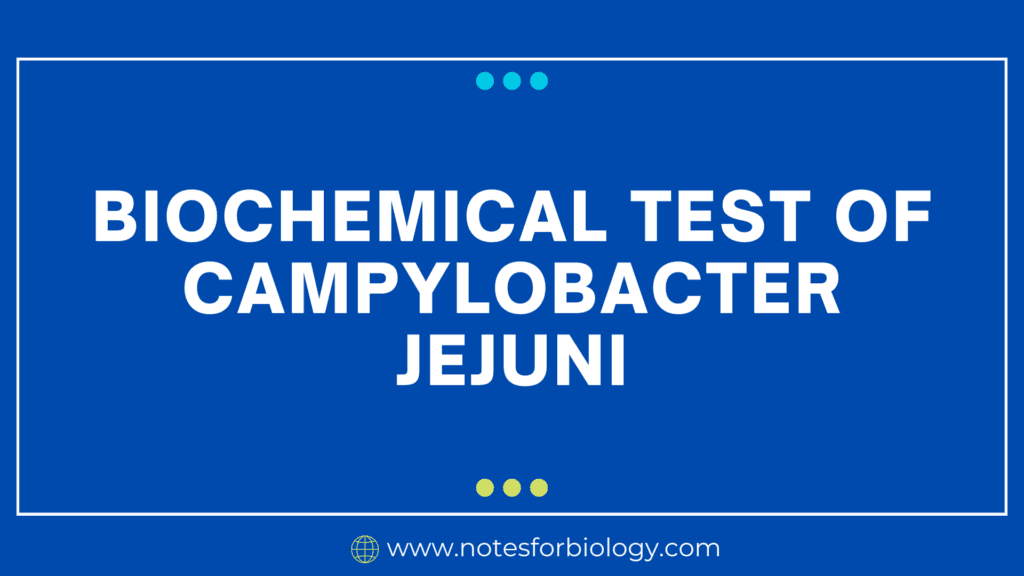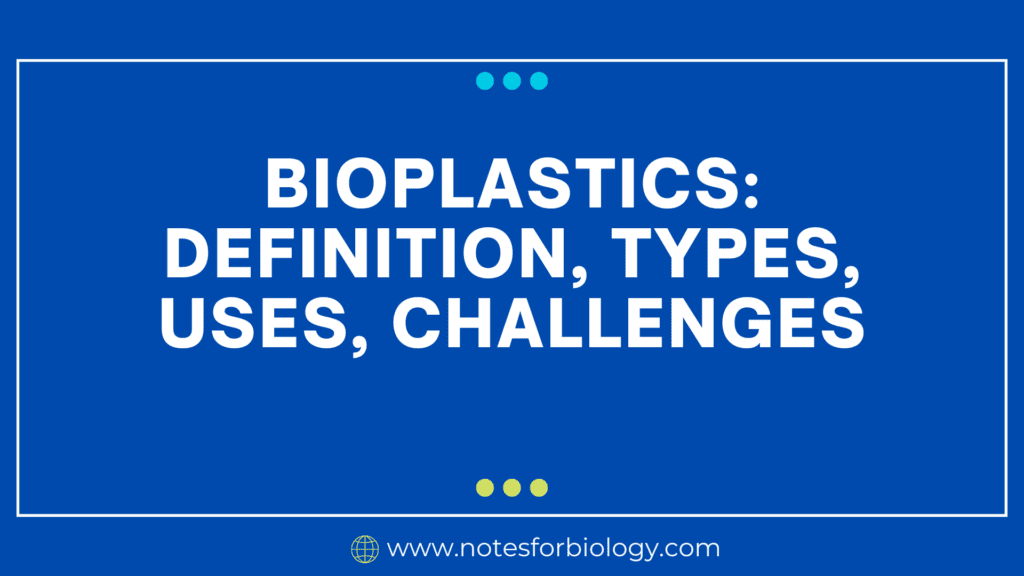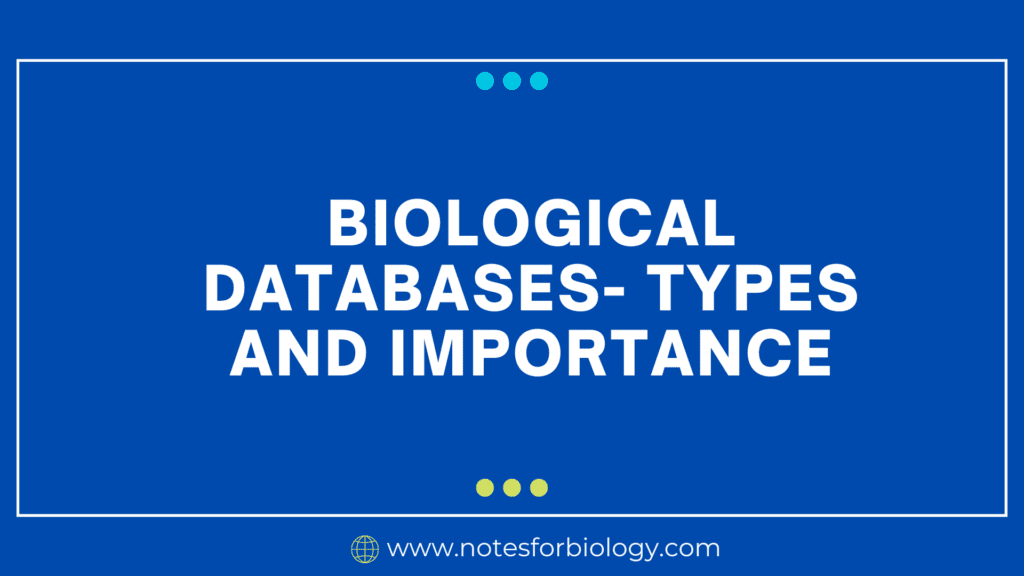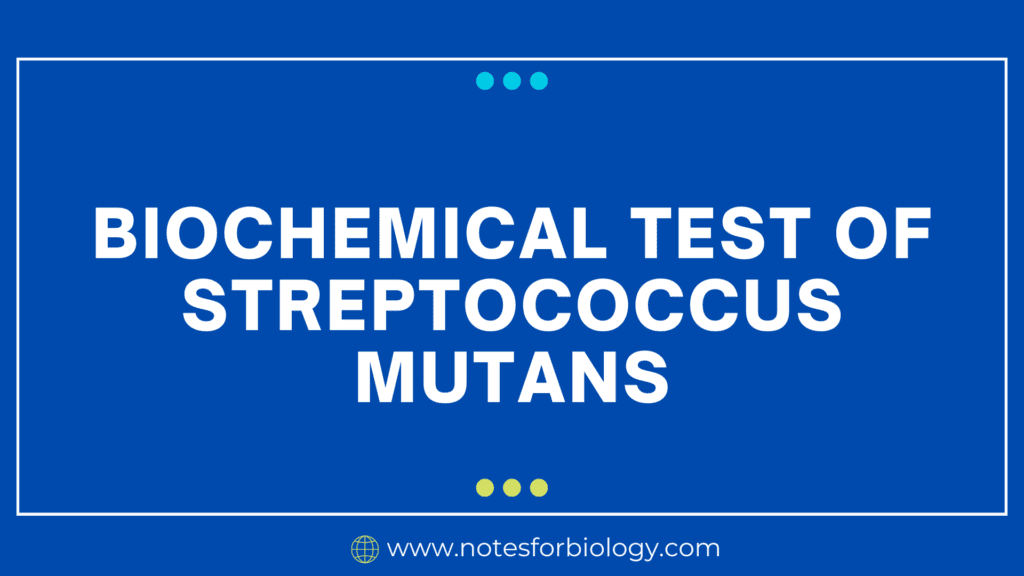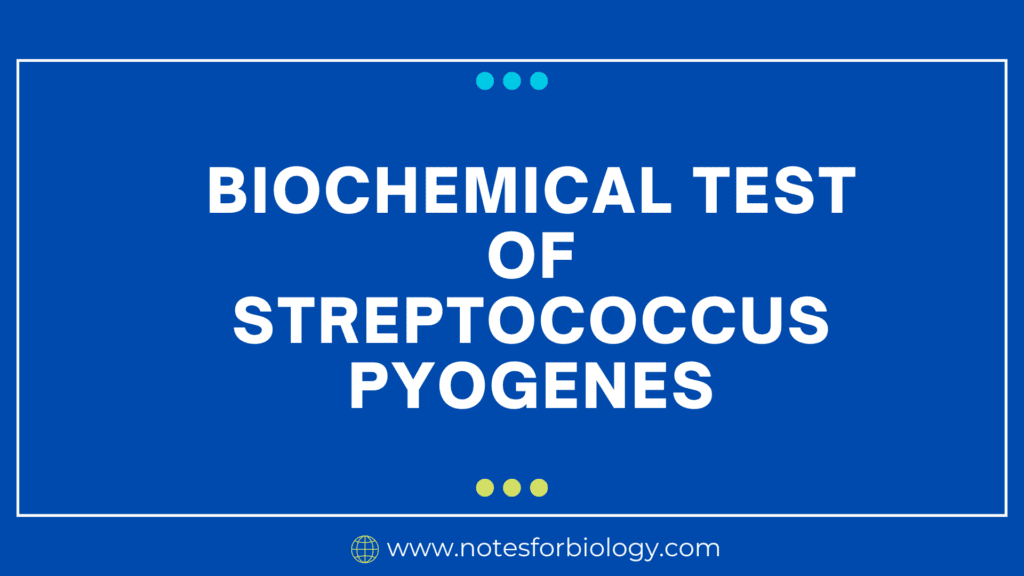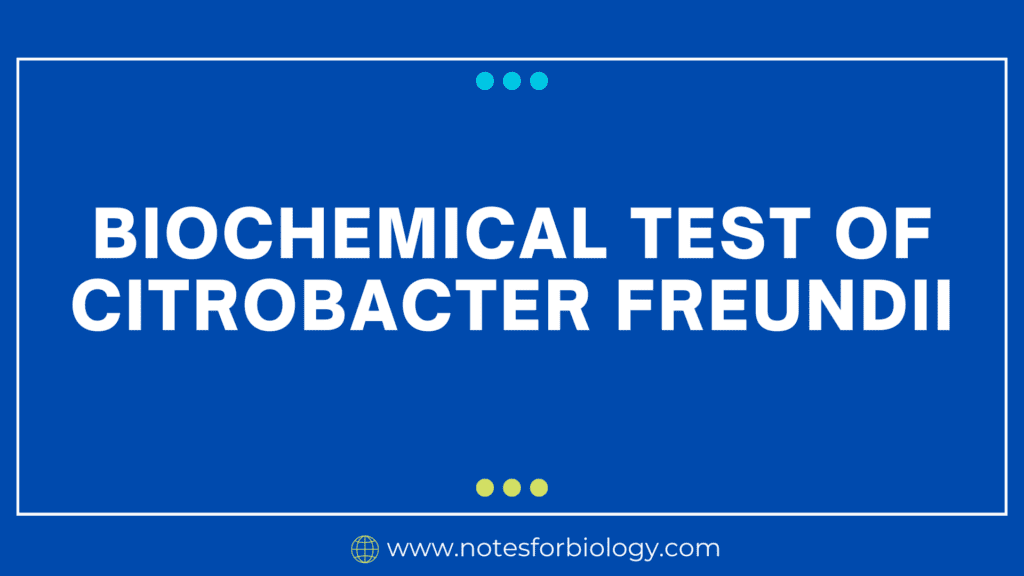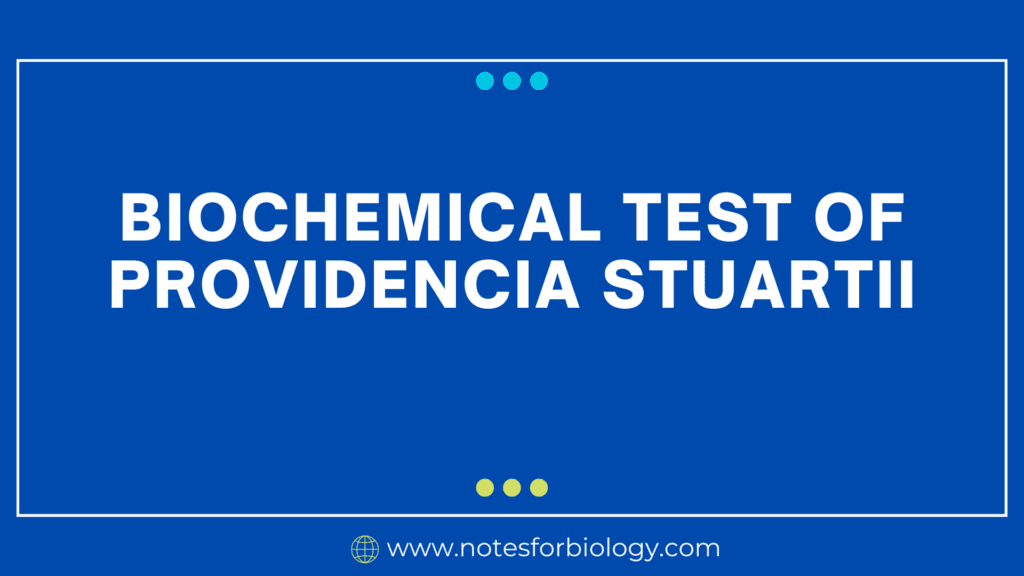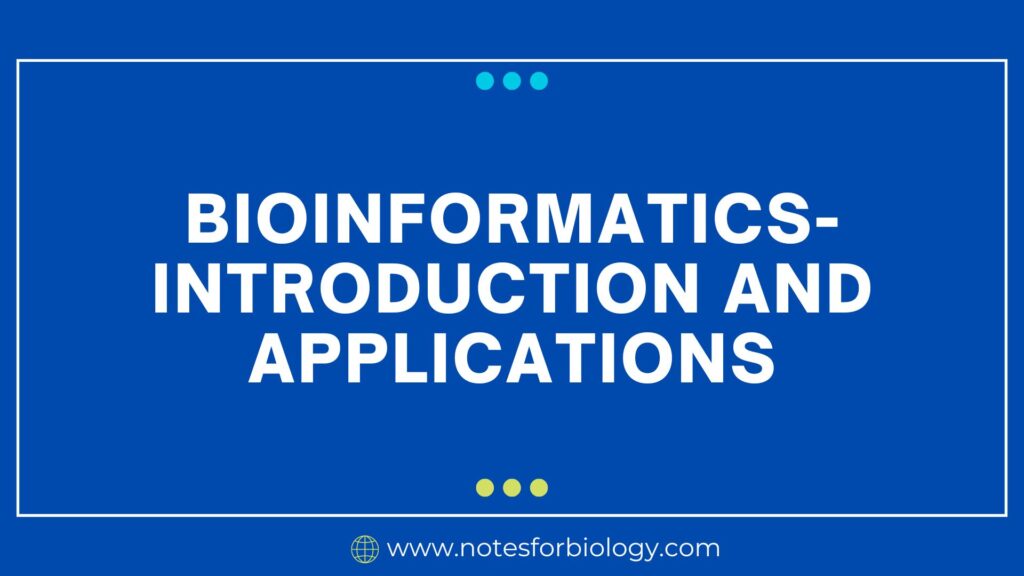Biochemical Test of Campylobacter jejuni
Campylobacter jejuni is an important pathogen, accounting for most bacterial gastroenteritis cases worldwide. As a Gram-negative, curved rod bacterium, it is commonly associated with contaminated food and water, especially chicken. Accurately identifying Campylobacter jejuni is critical for effective infection diagnosis and treatment. This procedure entails various biochemical tests and the observation of growth features. These […]

